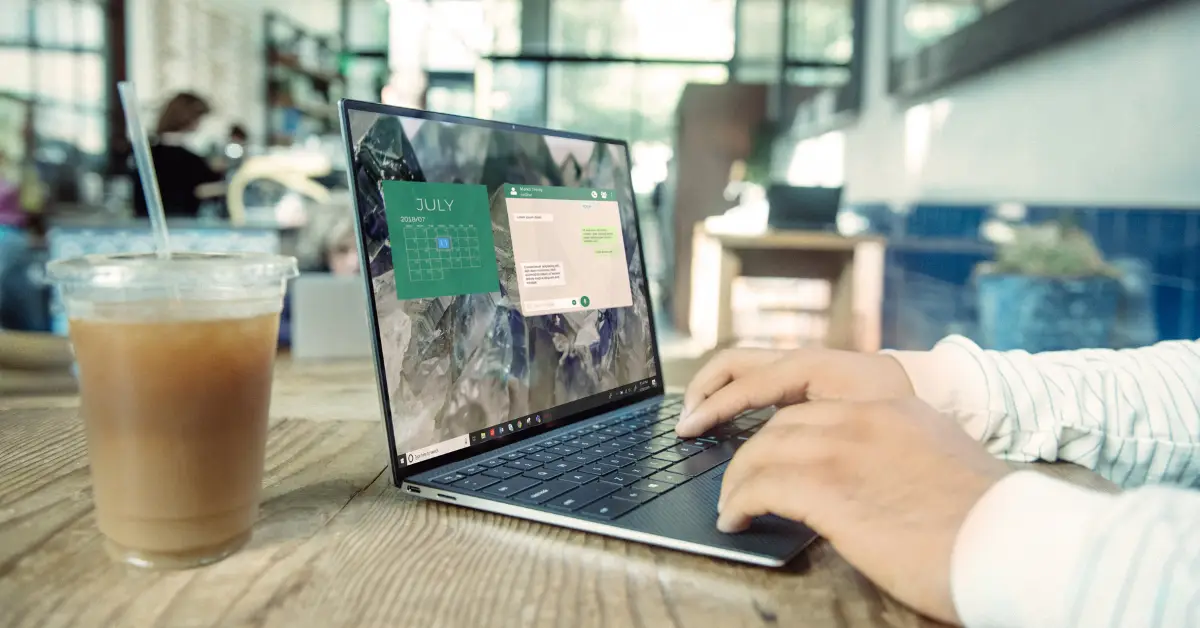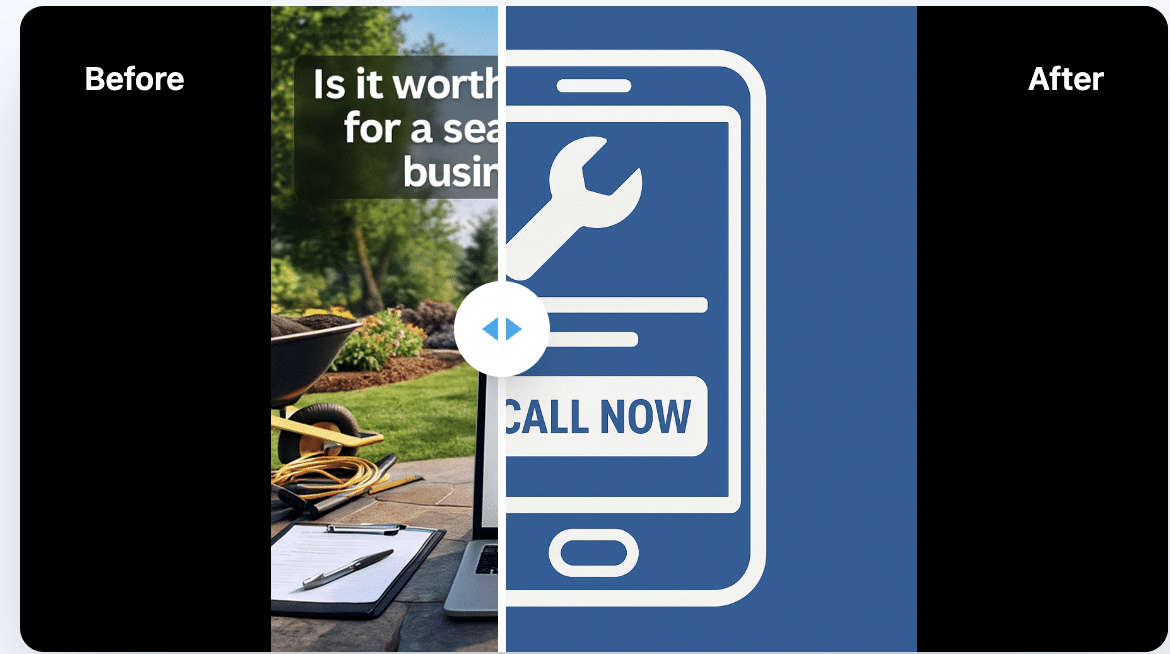A design concept known as “mobile-first design” stresses the importance of developing websites and apps for the lowest screen size possible, which is often that of mobile devices, before scaling them up to bigger displays. This strategy makes sure that the user experience is optimized for mobile devices, which have recently overtaken desktop computers as the major means in which people access the internet. This article will give a comprehensive overview of the mobile-first design approach and will focus on the definitive guide to mobile-first design.
What exactly does “mobile-first design” entail?
The concept of design known as mobile-first design begins with the creation of an interface for the device with the lowest screen size, such as a mobile phone, and then scales up to interfaces for computers with bigger screens. This strategy makes sure that the user experience is optimized for mobile devices, which have recently overtaken desktop computers as the major means by which people access the internet. The objective is to provide a user experience that is smooth and uniform across all platforms, including mobile devices, tablets, and desktop computers.
Why Is It Necessary to Design for Mobile Devices First?
It is more crucial than ever before to place an emphasis on mobile-first design in light of the growing number of people who use mobile devices. Because mobile devices have smaller displays and less processing capacity, designers are required to initially concentrate on the most essential aspects and content of the website or application when designing for mobile devices. This is necessary because mobile devices have smaller screens. This strategy has the potential to result in a design that is both more user-friendly and more efficient, as well as one that is optimized for usage across all devices. The usage of a mobile-first design approach may also increase the loading speed of a website, which is essential for keeping consumers and enhancing search engine results.
How Do You Put Mobile-First Design Into Practice?
The design process has to be modified in order to accommodate the implementation of a mobile-first design. The first step for designers is to produce wireframes and prototypes for mobile devices, with a particular emphasis on the components and information that are considered to be of the utmost significance. Once the design for the mobile app has been decided, designers will be able to scale it up to higher screen sizes, which will allow them to include more features and functionality. It is essential to take into account the user experience on each device and to check that the design is uniform and suitable for all different sizes of screen displays. It is also possible to guarantee that the design is responsive and adaptable across all devices by making use of responsive design tools, such as flexible grids and media queries.
The Advantages of Designing for Mobile Devices
The mobile-first design comes with a number of advantages that may assist enhance the overall user experience as well as the functionality of websites. The following are some of the advantages:
Enhanced loading times for the website
Better user experience on mobile devices
Consistent design across all devices
Enhanced performance in search engine rankings
Enhanced rates of conversion as well as participation.
Design Principles That Put Mobile Users First
In order to successfully implement a mobile-first design, it is necessary to follow several best practices. The following are some of the best practices for designing with mobile in mind:
Make mobile devices and their content and features a top priority.
Use responsive design strategies to guarantee that the design is responsive and adaptable across all devices.
What does it mean to design for mobile first?The method of building a website by beginning with the device that has the smallest screen, which is often a mobile device, is referred to as mobile-first design. With this method, designers are able to determine which information and features are the most essential, and then gradually improve the layout to accommodate displays of increasing size.
The advantages of designing for mobile devices initially
There are several advantages to designing for mobile first:
Enhanced user experience Designers ensure that the website is optimized for smaller displays and touch interactions by concentrating their efforts first on mobile devices. This results in an enhanced user experience for mobile users as a whole.
Loading times are cut in half thanks to the mobile-first design, which gives priority to the most important information and features on a website. As a result, the website may be optimized for speed and performance.
Improved search engine rankings: Since Google now gives preference in search results to websites that are mobile-friendly, designing a website with mobile in mind from the beginning may help enhance the website’s position in search results.
The process of designing mobile devices initially
The following are the stages involved in designing mobile devices first:
Identify the most important material and features that need to be included on the website First, it is necessary to determine the content and features that are considered to be the most essential for the website.
Make wireframes for mobile devices: Using a program such as Sketch or Adobe XD, make wireframes for the website’s mobile version so that it can be seen on mobile devices.
Test and iterate: Test the mobile wireframes and iterate until you have a design that performs well on mobile devices. Test the mobile wireframes.
After finishing the design for mobile, you should next work on improving it for bigger displays by including more material and functions.
Tips for mobile-first design
When designing for mobile devices, here are some important considerations to bear in mind:
Keep things simple: Because mobile devices have a limited amount of screen real estate, it is essential to maintain a straightforward design that is centered on the most vital information.
Make use of a design that is adaptable: Ensure that the design is responsive and can adapt to a variety of screen sizes.
Ensure that the design is optimized for touch interactions such as swiping and tapping. Ensure that the design is optimized for touch interactions such as swiping and tapping.
Make use of mobile-friendly features To enhance the overall quality of the user experience, make use of mobile-friendly features, such as click-to-call buttons and location-based services.
The concept of “mobile-first design” refers to a design philosophy that places primary emphasis on the design process for mobile devices rather than bigger displays. It provides a number of advantages, such as an enhanced user experience, reduced loading times, and increased positions in search engine results. You may build a design that is optimized for mobile devices while still functioning properly on other types of devices if you follow the methods and advice described in this article.
FAQs
Q: The question is: Is it essential to design for mobile first?
A: The answer is yes, designing websites with mobile users in mind is required since more and more people are accessing the internet via their mobile devices.
Q: What is the difference between designing for mobile first and designing for responsiveness?
A: Mobile-first design is a design philosophy that puts the emphasis on developing websites and applications with mobile devices in mind first. The method known as responsive design is one that enables a website to adapt itself to a variety of various screen sizes.
Q: How can designing websites with mobile in mind make them load faster?
A mobile-first design gives priority to the most essential information and features, which enables the website to be optimized for speed and performance in the most effective way possible.
Q: To what extent does SEO take into account mobile-first design?
A: The answer is yes, designing a website with mobile users in mind may assist enhance its search engine rankings. This is because Google now gives mobile-friendly websites a higher priority in search results.
Q: Can I utilize a design that prioritizes mobile viewing on an already-existing website?
Following the techniques provided in this article will allow you to successfully implement a mobile-first design on an already-existing website. A: The answer is yes.






















